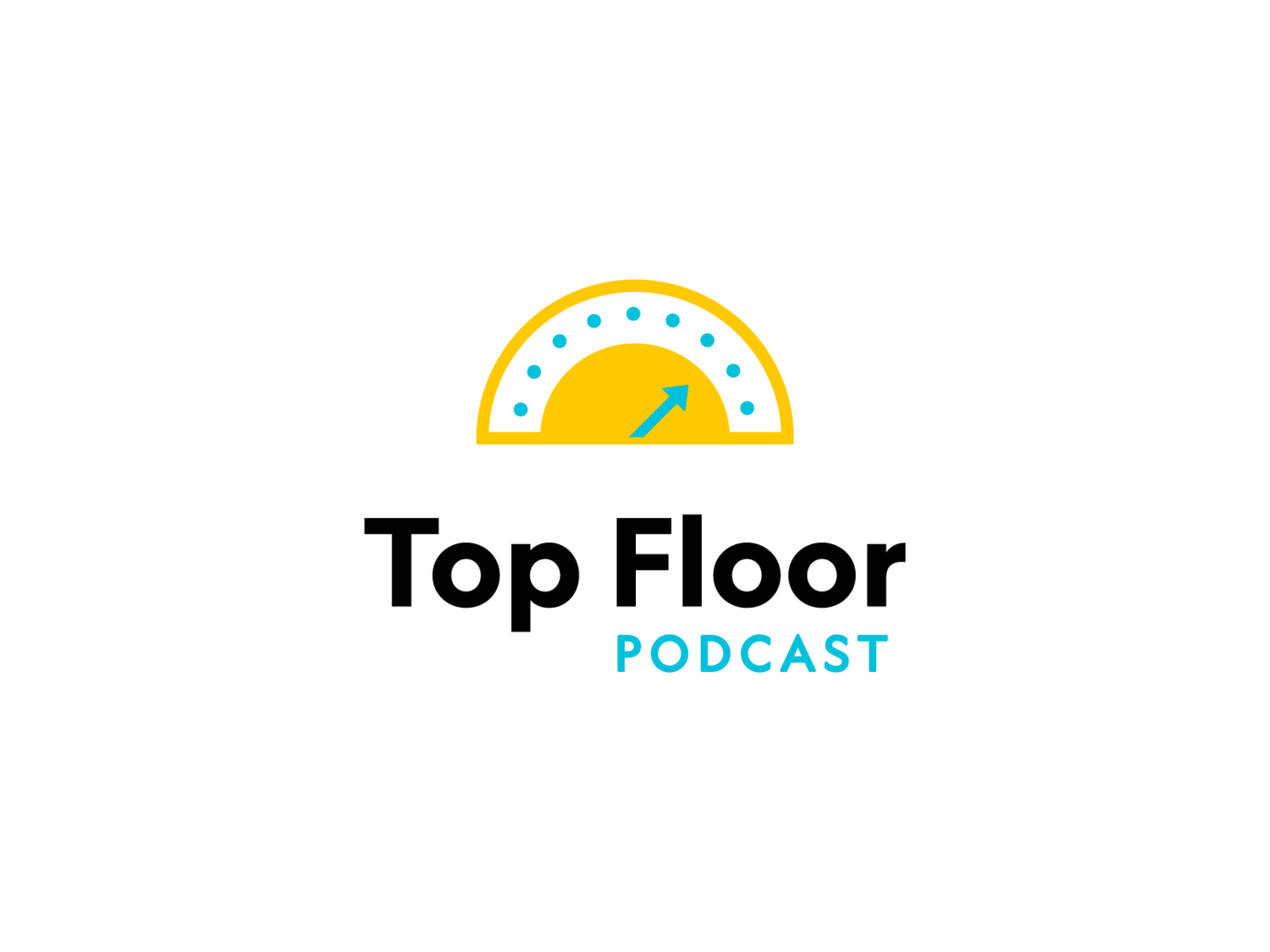33: Mexican Home Invasion
Part two of Susan's conversation with Ira Vouk, author of Hospitality 2.0. In this episode, Ira explains how she teaches hospitality tech and makes the case for data standardization. If you missed part one, you can find it at topfloorpodcast.com/episode/32, along with definitions and explanations of some key terms.
Find Ira’s book, Hospitality 2.0, here!
In the show notes from Episode 25, you can find an explanation of the differences between brands, management companies, and owners.
Topline revenue: This is gross revenue, or revenue collected before you subtract expenses.
Night audit: The overnight shift at the front desk in a hotel. Remember, hotels are open 24 hours a day, 365 days a year, so there’s no time to stop and do reports or whatever. Night auditors run all of the reports from the previous day after midnight. They also deal with a lot of drunk and disorderly people.
Channel management technology or system (abbreviated CMS): In this context, channels are defined as the different places hotels sell their rooms — i.e., their website, Expedia, Booking, the Global Distribution System (GDS), etc. A CMS helps to automate that so you don’t accidentally sell a room for $4 in one place and $400 in another.
Hold period: The amount of time a hotel owner/investor has decided to hold the asset before selling it in order to make the most profit on its sale.
CAPEX: Capital expense, typically things like buying a new HVAC system. These are big expenses that don’t come out of the regular operating budget of a hotel.
SaaS: Software as a service. Cloud-based hotel technology falls into this category, as does something like Salesforce.
PMS: Not what you’re thinking. Stands for property management system, and this is where all of the reservations data is managed.
Grab the new ebook from Zucchetti North America, Mythbusters: Covid Recovery Edition, right here.

